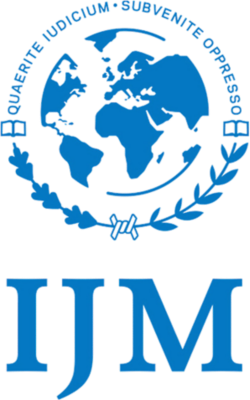IJM strives to rescue the greatest number of people from slavery and violence and support them as they recover, so it’s always looking to improve efficiency. Previously, global teams manually managed budgets using spreadsheets, which was quite time consuming. Conflicting data hindered resource utilization, accountability, and effective data-driven decision-making. Strategic planning was also tough because teams could not easily visualize “what if” scenarios.
We can immediately see the impact of changes by running scenarios in Workday Adaptive Planning.
Vice President of Financial Planning
Why Workday Adaptive Planning.
After evaluating solutions, IJM found that with Workday Adaptive Planning, it could improve administrative controls, automate workflows, and gain the shared, real-time insights executives needed to effectively build and manage financial models. As a first step, IJM worked with a third party to quickly deploy Workday to 5 employees, enabling basic capabilities.
IJM immediately recognized it could dramatically boost efficiency by deploying Workday Adaptive Planning to more employees. In just 3 months, the organization re-implemented the solution, taking advantage of capabilities—such as multidimensional data models—that reflect hierarchical organizational changes. IJM also redesigned dashboards so that executives see the same real-time views of financial data. Today, more than 180 people use Workday across 21 offices in 14 countries.
Completes budgets one month faster.
Employees now finish their budgets in two months instead of three. Cost-center owners, business leaders, and staff in the CEO’s office make decisions and answer questions using the same real-time insights that automatically reflect current global exchange rates. “When you have one data source with the right access controls and consistency in how budgets, variances, and forecasts are calculated, you can get so much more done,” says Greg Tarrant, vice president of financial planning at IJM. “With Workday Adaptive Planning, meetings take less time, there’s greater accountability, and our leaders manage their teams more effectively.”
Increases planning efficiency by 50 percent.
Teams complete their annual strategic planning and quarterly forecasts 50 percent faster now that they use Workday Adaptive Planning. Employees instantly slice and dice information— including by geographic areas and program type—to see funding sources and where money can be spent. Managers and executives visualize how changes to budgets and resources impact plans, which dramatically improves IJM’s agility in meeting unexpected challenges like the COVID-19 pandemic. And because Workday Adaptive Planning is so easy to use, employees also quickly learn how to create and adjust their own reports and dashboards with data they’re authorized to access.
Boosts effectiveness—in the office and the field.
Business leaders now spend more time helping budget owners understand how to maximize efforts. “Seeing numbers in a general ledger doesn’t help our teams in the field,” Tarrant says. “They need to know how much money they have for a specific program, for a rescue, for training, and for helping survivors meet their needs. With Workday Adaptive Planning, teams can see their programs and resources in the way they need to see them, which is a huge win for us—and for the people we serve.”

